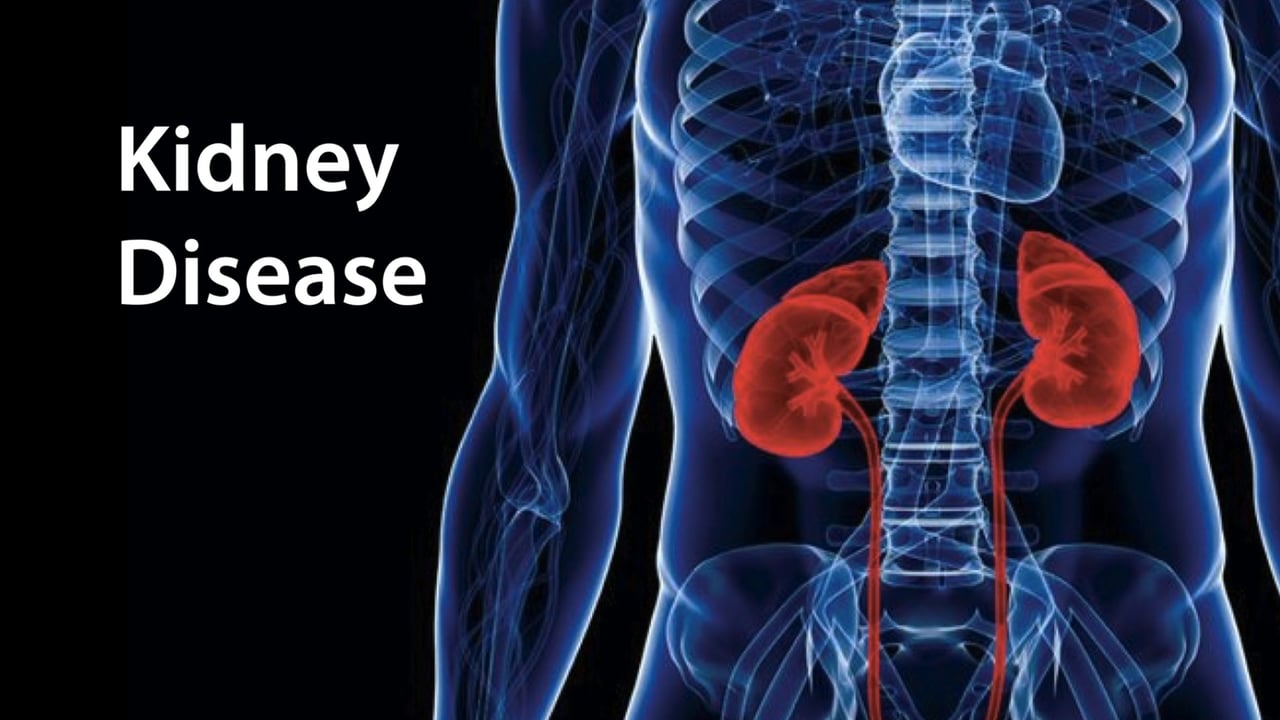Hypertension in pregnancy and long term cardiovascular mortality: a retrospective cohort study.
Abstract
BACKGROUND:
There is growing evidence that hypertensive disorders of pregnancy are associated with increased long term cardiovascular mortality in the mother. However, hypertension in pregnancy, until recently, has been largely ignored as a risk factor for future cardiovascular disease and mortality, as the link between the two is not fully understood.
OBJECTIVE:
To determine the association between women with hypertension in pregnancy and long term cardiovascular disease mortality.
STUDY DESIGN:
All women who delivered at a metropolitan hospital between the period 01/01/1980 to 31/12/1989 were identified utilising the International Statistical Classification of Diseases and Related Health Problems, 9th Revision, Australian Modification.
RESULTS:
The total number of deliveries in the given time period was 31 656 with 4387 (14%) of the women identified as having had hypertension in their pregnancy. Utilising information from the New South Wales Births, Deaths and Marriages Registry and the Australian Bureau of Statistics Death Registry a total of 651 deaths were identified from this cohort (n=31 656). There were 521 deaths amongst the women who remained normotensive in their pregnancy and 129 deaths for women who had hypertension in their pregnancy. Overall, the women with hypertensive disorders of pregnancy were at greater risk of death than the women who remained normotensive in their pregnancy (OR 1.56 CI 95% 1.28-1.89 p<0.001).
CONCLUSION:
Women with a history of hypertension in their pregnancy are at an increased risk of future cardiovascular mortality. This identifies a group of women who may benefit from early screening and intervention strategies to help reduce their risk of future cardiovascular disease.
Copyright ? 2015 Elsevier Inc. All rights reserved.
by pubmed





